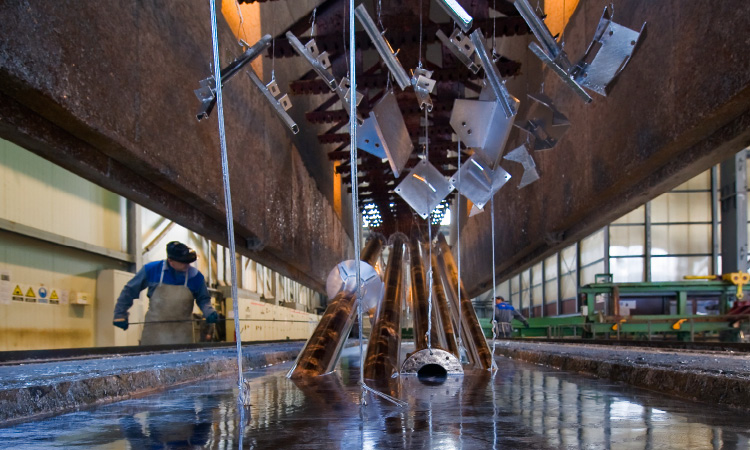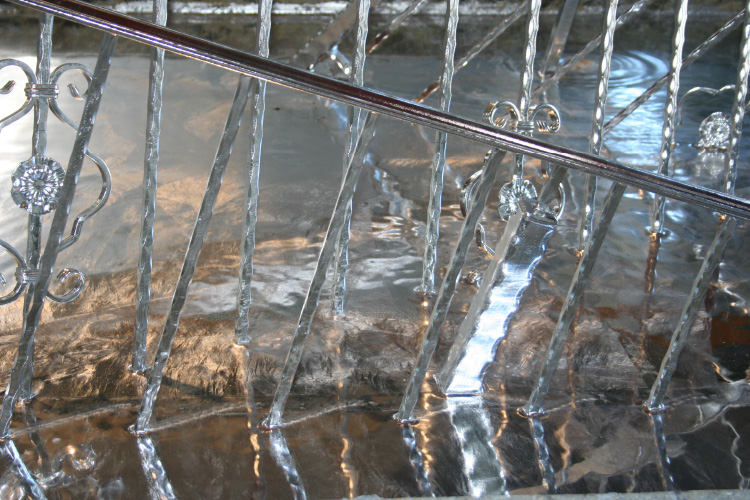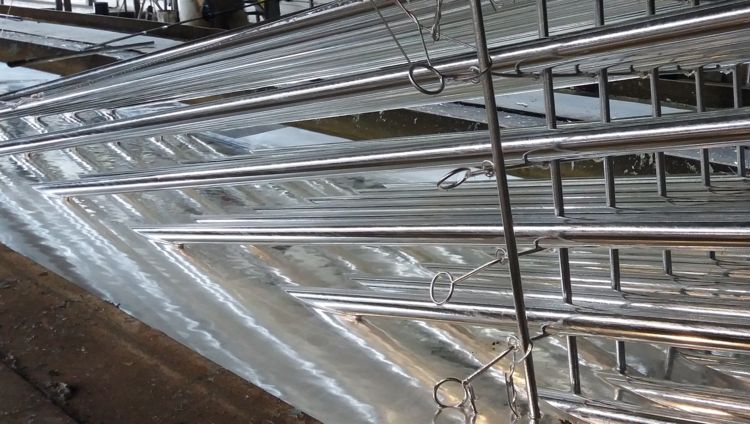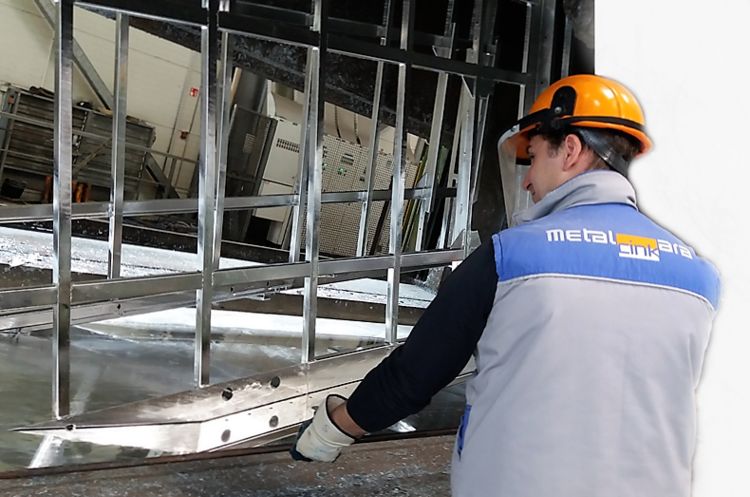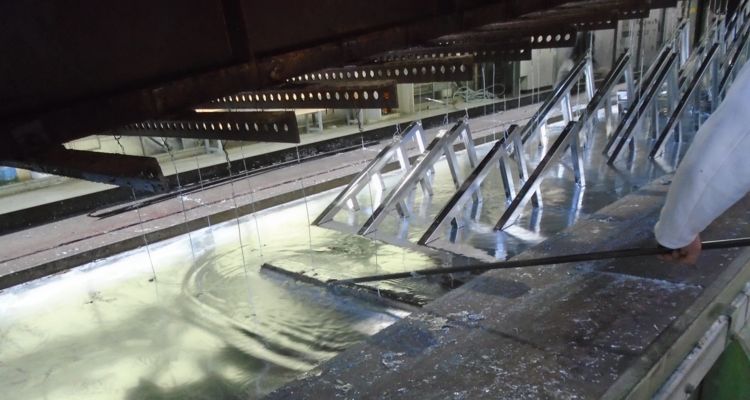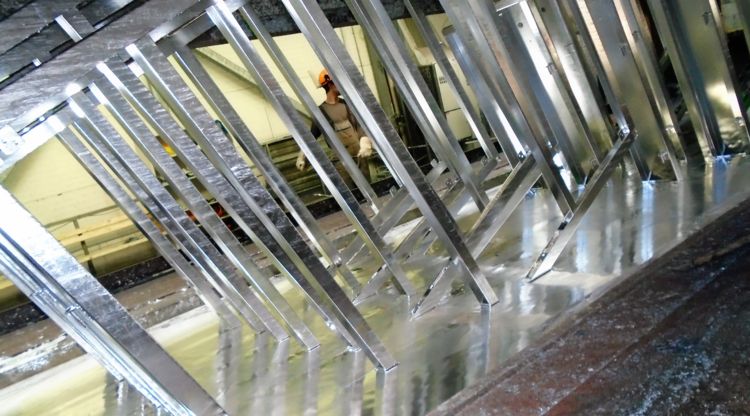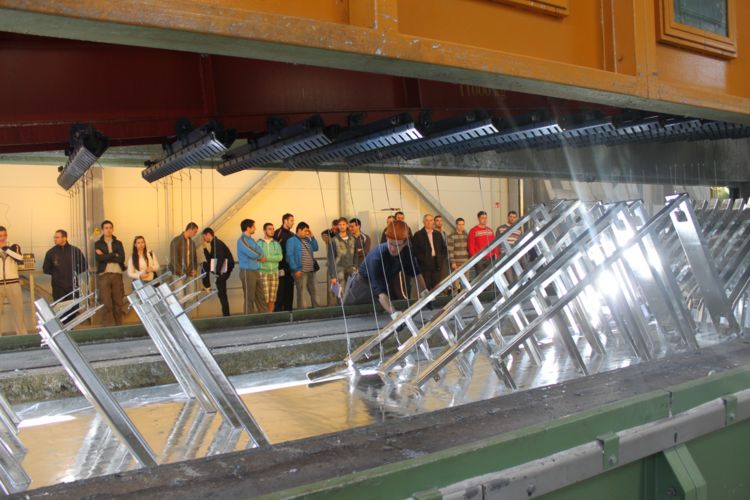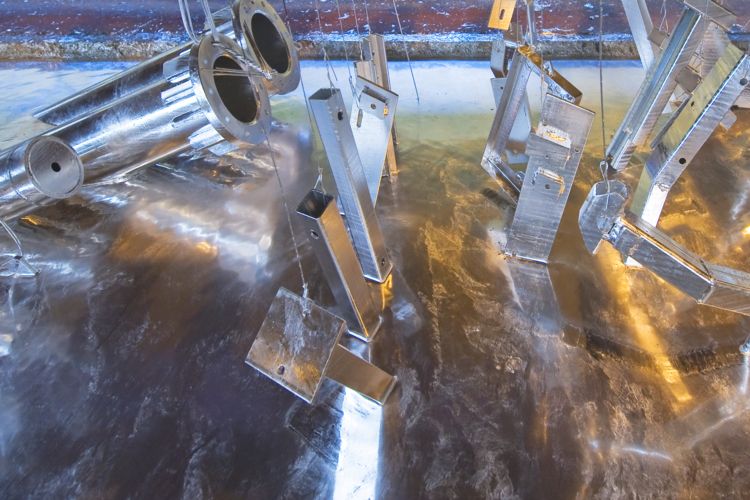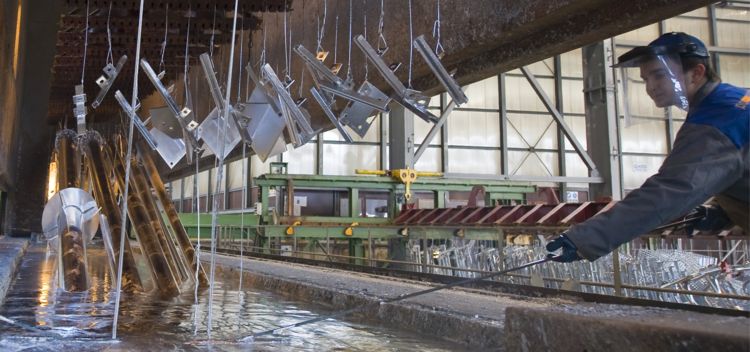Beginnings of hot-dip galvanization
Beginnings of hot-dip galvanization as a procedure for anti-corrosion protection of iron and steel products go back to 16th and 17th century, when trading with zinc in China and North India was recorded for the first time. This is also when the term ”corrosion” was first used. In 1742, a Frenchman named Malouin invented a procedure in which iron is dipped into melted zinc which forms a coating that protects the iron. The hot-dip galvanization procedureprevlaku was patented by Sorel in 1837. After 1840, the first zinc plants start occurring in France, England and Germany.
Long-term resistance to corrosion
Long-term resistance to corrosion is a major advantage of coating obtained through hot-dip galvanization. Duration of such coating depends from the atmosphere in which it is located. According to standardEN ISO 14 713 (anti-corrosion protection of iron and steel structures – Zinc and aluminum coatings), we know 5 cliatic types of atmosphere. In case of initial thickness of coating obtained through hot-dip galvanization of 100 µm, it will last more than 100 ears in rural atmosphere (type C2 :0,1–0,7 µm/year), and more than 50 years in urban area and mild sea climate (type C3: 0,7–2 µm/year).

